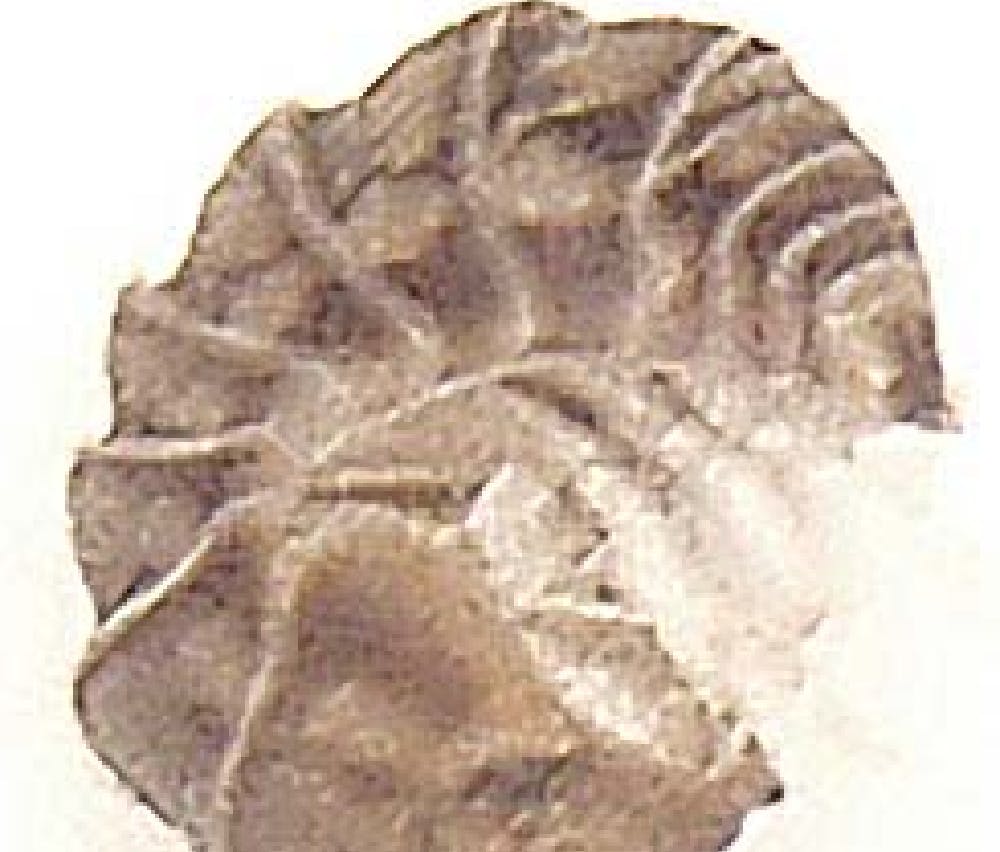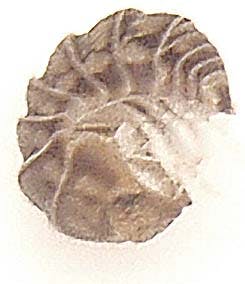
Sow Bugs, Pill Bugs and Rolly Pollies


Gallery


Symptoms
Pill bugs and sow bugs are generally herbivores, feeding on the fungi and bacteria that infest dead and rotting vegetation. The damage caused to the roots of orchids and other plants by these pests comes from their munching on the fungi and microorganisms that inhabit the root surfaces. As they consume their desired food source, a certain amount of root tissue also gets chewed up.
Treatment
Predators
Natural predators include frogs, toads, newts, lizards, spiders and small mammals. Sometimes, when they are still soft during molting, they can be eaten by their own kind.
Pesticides and Natural Controls
For a serious infestation, some growers recommend Malathion, Diazinon or Sevin. Spray the inner and outer perimeter of a greenhouse and plants. Pesticides will generally control the presence of the pill bugs and sow bugs, but are not likely to eradicate them, and are most effective in combination with good environmental controls.
If one is dealing with small numbers of pill bugs, they can be trapped using half of a cantaloupe or a hollowed-out potato placed upside down as close as possible to where the bugs have been spotted.
Some environmentally friendly means of control are using Neem oil, sprinkling diatomaceous earth around the base of pots, decanting the affected plant(s) and washing the roots with a mild (stress: very mild) detergent solution before repotting, or soaking the affected plant(s) in a bucket of water overnight, completely immersing pot and potting medium.
Sowbugs cannot roll up.
Prevention
- Raise pots above the ground, or hang your orchids in trees.
- Keep the bark medium fresh or use an inorganic potting mix.
- Fiberglass window screening placed over drainage holes inside orchid pots will help keep pill bugs out, and keep potting material in the pot.
- Remove leaf litter and plant debris from inside and around the exterior of the greenhouse or outdoor growing area.
- Use a caulking gun to close any cracks at or near ground level.
- Greenhouses built on a concrete slab poured directly on the ground can have more of a problem with sow bugs or pill bugs if there is no moisture barrier under the concrete.
- Make sure doors are weatherstripped.
Additional Information
By Susan Jones
Their many common names include pill bugs, sow bugs, potato bugs, rolypolys and woodlice. People often confuse pill bugs and sow bugs, but, to protect their soft undersides when disturbed or to keep their gills from drying out, pill bugs can roll into a ball with their legs tucked inside; sowbugs cannot do this.
Sow bugs have oval bodies when viewed from above. Their backs consist of a number of overlapping articulating plates. Their antennae reach about half the length of their bodies. Most are grayish, and grow to about 9/16 inch (15 mm) long and 5/16 inch (8 mm) wide. The pill bug, on the other hand, has a rounder back from side to side, and a deeper body from back to legs. Their color varies, but is usually grayish brown, and they reach less than 1 inch (2.5 cm) in length at maturity.
As members of the Class Crustacea, they are closely related to lobsters, crabs and shrimp. Most crustaceans live in or near water, and as dry-land crustaceans, pill bugs and sow bugs still require damp habitats due to the delicate gill-like breathing organs on their undersides, which must be kept moist to work. They prefer to live in humid sheltered areas that have plentiful decaying vegetation, such as under logs, stones, boards, leaves and leaf litter, under pots or bricks or even in damp basements.
Further Reading
Susan Jones was the editor of Awards Quarterly and assistant editor of Orchids. American Orchid Society, 16700 AOS Lane, Delray Beach, Florida 33446
All reuse must contain the following:
Reprinted from the SEPTEMBER 2003 issue of Orchids -- The Bulletin of the American Orchid Society. Copyright American Orchid Society --www.aos.org
Life Cycle
Although a male is usually involved, these creatures can reproduce by parthenogenesis as well. The female produces eggs that take from three to nine weeks to hatch out about two dozen offspring. The young spend three to nine days in the mother’s pouch, which is composed of plates on her underside. She may have two to three broods each year. After leaving the pouch, juveniles molt four or five times at regular intervals until they reach sexual maturity, usually within a year, when they become adults. Their life span is about two years.
Molting occurs in two stages, as pill bugs shed only half their skin at a time. First, the skin splits at the middle and the back half is shed. A few day later, it sheds the front half. These creatures are very vulnerable during molting, and often stay isolated for the duration of the shedding.
Controls
Several methods exist for eradicating sow bugs and pill bugs.
Predators
Natural predators include frogs, toads, newts, lizards, spiders and small mammals. Sometimes, when they are still soft during molting, they can be eaten by their own kind.
Pesticides and Natural Controls
For a serious infestation, some growers recommend Malathion, Diazinon or Sevin. Spray the inner and outer perimeter of a greenhouse and plants. Pesticides will generally control the presence of the pill bugs and sow bugs, but are not likely to eradicate them, and are most effective in combination with good environmental controls.
If one is dealing with small numbers of pill bugs, they can be trapped using half of a cantaloupe or a hollowed-out potato placed upside down as close as possible to where the bugs have been spotted.
Some environmentally friendly means of control are using Neem oil, sprinkling diatomaceous earth around the base of pots, decanting the affected plant(s) and washing the roots with a mild (stress: very mild) detergent solution before repotting, or soaking the affected plant(s) in a bucket of water overnight, completely immersing pot and potting medium.
Environmental Controls
- Raise pots above the ground, or hang your orchids in trees.
- Keep the bark medium fresh or use an inorganic potting mix.
- Fiberglass window screening placed over drainage holes inside orchid pots will help keep pill bugs out, and keep potting material in the pot.
- Remove leaf litter and plant debris from inside and around the exterior of the greenhouse or outdoor growing area.
- Use a caulking gun to close any cracks at or near ground level.
- Greenhouses built on a concrete slab poured directly on the ground can have more of a problem with sow bugs or pill bugs if there is no moisture barrier under the concrete.
- Make sure doors are weatherstripped.

FREE ACCESS: Orchid DealWire
Get notified when orchid vendors have special promotions and exclusive savings.






